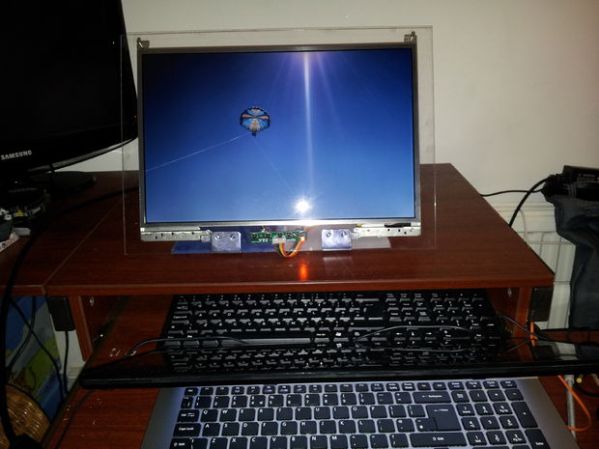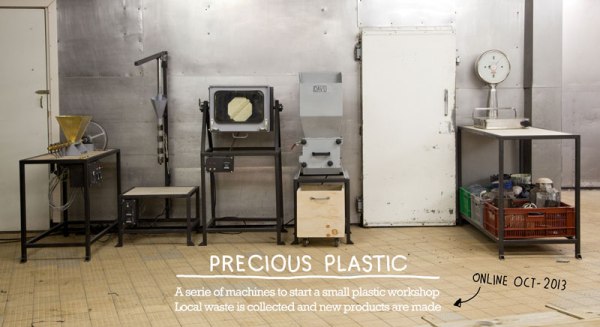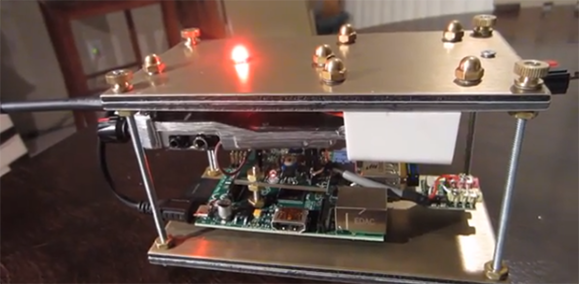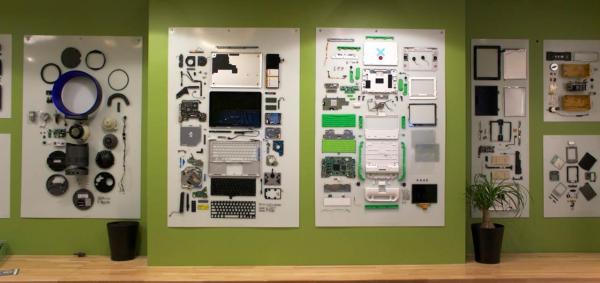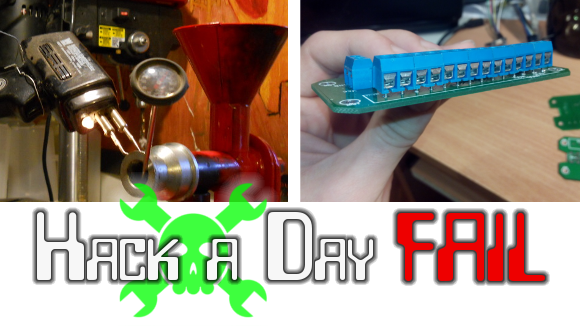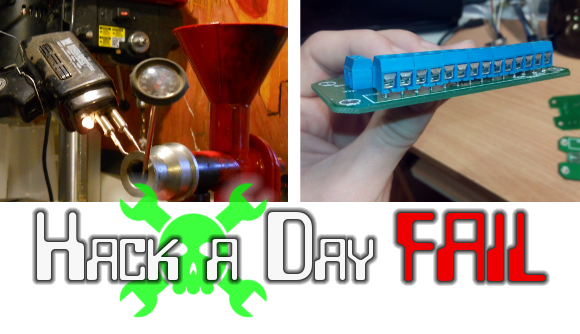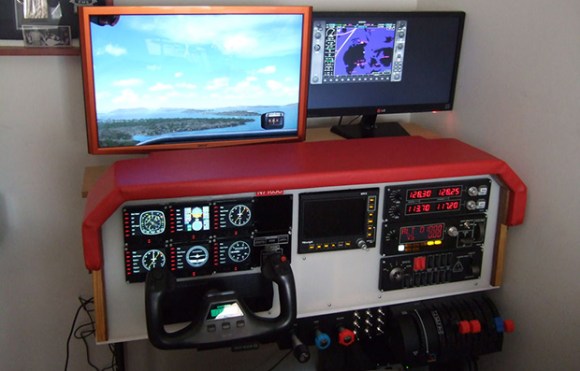Seems like you can find broken laptops everywhere these days — so why not do something with them? [Damutsch] shows us how to make a rather cool looking monitor from a laptop’s LCD display.
First, you’ll need to salvage a working LCD from a dead laptop. Once you have the panel out you can identify the serial key and order a controller board off eBay, which will allow you to plug a normal video input such as VGA or HDMI into the panel. We browsed around a bit and it looks like you can get driver boards from around $15-$30, so not too bad price-wise. It wasn’t so long ago that salvaged LCD panels were basically unusable because of a lack of these driver boards. Continue reading “Turning A Broken Laptop’s LCD Into A Fancy Monitor”

